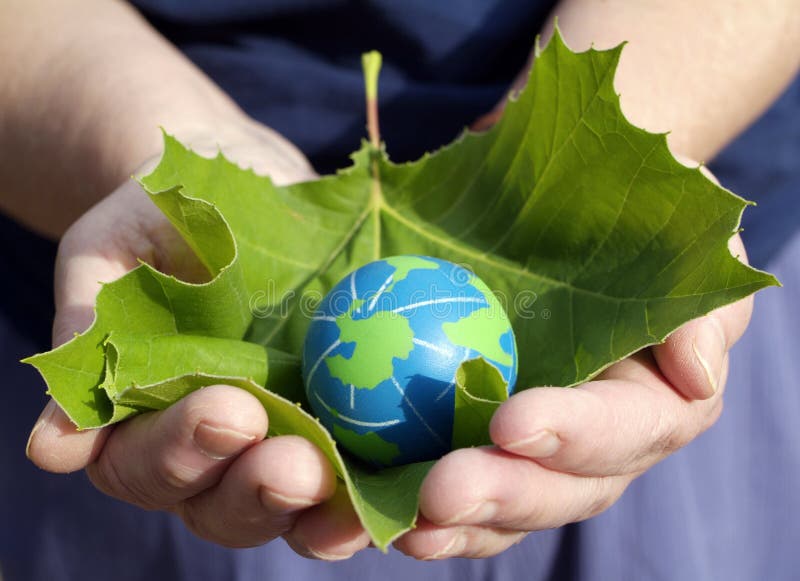Definition and Scope
Environmental conservation involves the protection, preservation, management, or restoration of natural environments and the ecological communities that inhabit them. This practice aims to prevent the depletion of natural resources, maintain biodiversity, and ensure the health of ecosystems for future generations. It addresses various environmental issues, including deforestation, pollution, climate change, and habitat destruction.
Historical Development
Early Conservation Efforts
The roots of environmental conservation can be traced back to the 19th century, during the Industrial Revolution, when rapid industrialization led to significant environmental degradation. In response, early conservationists advocated for the sustainable use of natural resources and the establishment of protected areas. For instance, the creation of Yellowstone National Park in 1872 marked the beginning of the national park system, aiming to preserve natural landscapes for public enjoyment and ecological protection.
Emergence of Conservation Biology
In the 20th century, the field of conservation biology emerged, focusing on understanding and preserving biodiversity. This interdisciplinary science combines principles from ecology, genetics, and environmental policy to develop strategies for conserving species and their habitats. Conservation biology emphasizes the importance of maintaining ecological processes and preventing species extinctions.
Importance of Environmental Conservation
Biodiversity Preservation
Conserving biodiversity is crucial for maintaining ecosystem services that support human life, such as pollination, water purification, and climate regulation. Biodiversity also holds intrinsic value and contributes to cultural and aesthetic aspects of human societies.
Sustainable Resource Management
Environmental conservation promotes the sustainable use of natural resources, ensuring that they remain available for future generations. This involves practices like sustainable forestry, fisheries management, and soil conservation to prevent resource depletion and environmental degradation.
Climate Change Mitigation
Conservation efforts play a significant role in mitigating climate change by preserving forests, wetlands, and other ecosystems that act as carbon sinks. Protecting these areas helps reduce greenhouse gas concentrations in the atmosphere, contributing to climate stability.
Methods and Strategies
Protected Areas
Establishing protected areas, such as national parks and wildlife reserves, is a fundamental strategy in environmental conservation. These areas provide safe habitats for species, protect biodiversity, and offer opportunities for scientific research and ecotourism.
Restoration Ecology
Restoration ecology involves rehabilitating degraded ecosystems to their original state. This can include reforestation, wetland restoration, and the reintroduction of native species to restore ecological balance and functionality.
Sustainable Practices
Implementing sustainable practices in agriculture, forestry, and fisheries helps reduce environmental impact. Techniques such as crop rotation, selective logging, and regulated fishing quotas aim to balance human needs with ecological health.
Community Involvement
Engaging local communities in conservation efforts ensures that initiatives are culturally appropriate and economically beneficial. Community-based conservation programs empower individuals to protect their environment while supporting their livelihoods.
Challenges in Environmental Conservation
Habitat Loss
Urbanization, agriculture, and infrastructure development lead to habitat destruction, posing significant threats to wildlife and plant species. Balancing development with conservation requires careful planning and sustainable land-use practices.
Pollution
Pollution from industrial, agricultural, and domestic sources contaminates air, water, and soil, harming ecosystems and human health. Effective waste management and pollution control measures are essential components of conservation efforts.
Climate Change
Climate change alters habitats, affects species distributions, and increases the frequency of extreme weather events. Conservation strategies must adapt to these changes to effectively protect ecosystems and biodiversity.
Global Conservation Initiatives
International Agreements
Global agreements, such as the Convention on Biological Diversity and the Paris Agreement, provide frameworks for countries to collaborate on conservation efforts and address environmental challenges collectively.
Non-Governmental Organizations (NGOs)
NGOs like the World Wildlife Fund (WWF) and Conservation International play vital roles in promoting conservation through advocacy, research, and on-the-ground projects.
Sustainable Development Goals (SDGs)
The United Nations' SDGs include goals related to environmental conservation, emphasizing the interconnectedness of environmental health, economic development, and social well-being.
Conclusion
Environmental conservation is essential for sustaining the planet's health and ensuring the well-being of all living organisms. Through a combination of protected areas, sustainable practices, community involvement, and global cooperation, conservation efforts aim to preserve the natural world for present and future generations.
